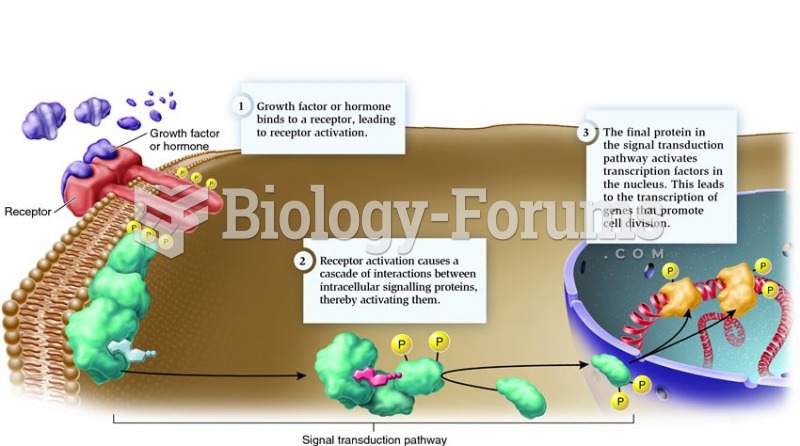Answer to Question 1
It is difficult to be objective here. GE did not consider the PCBs dangerous when
it began to use them in 1946 . The compounds were considered inert (which is why they
were useful as an insulator). So there was no original intent to do harm. Nevertheless, the
compounds were found to be harmful quite some time ago, and GE continued to use them
up until 1977 when they were banned.
Because GE benefited from production, it seems fair that it pay for remediation. The
company is correct that dredging may bring some PCBs to mix with water from the material
being dredged and affect the local fauna. The EPA's analysis shows that the gains outweigh
the losses, while GE's experts claim the opposite. What is clear is that if the PCBs are left
in place, natural causes might arise that could lead to additional animal exposure, even in the
absence of human intervention, so PCB remediation will guarantee that that could never
happen.
Answer to Question 2
Clearly, one could entirely cover the reservoir. This is completely impractical
because of the cost of such a system unless a suitable underground reservoir candidate is
available, which would not commonly occur. In earlier days when citiesand thus water
demandswere smaller, reservoirs could be small enough to be covered (there is one such
in Washington, DC, for example)..
It has been suggested that floating ping pong balls could cover the surface and the white
color could reflect incident solar energy. This does appear feasible but costly unless the
surface area to volume ratio is low, but the balls could soon be covered by algae and cease
reflecting, changing water temperature.
The most efficient way to regulate evaporative losses is to minimize the surface of the
reservoir, because evaporation occurs at the surface. A deep reservoir with a small surface
area to volume ratio would probably not need additional efforts to reduce evaporation.







